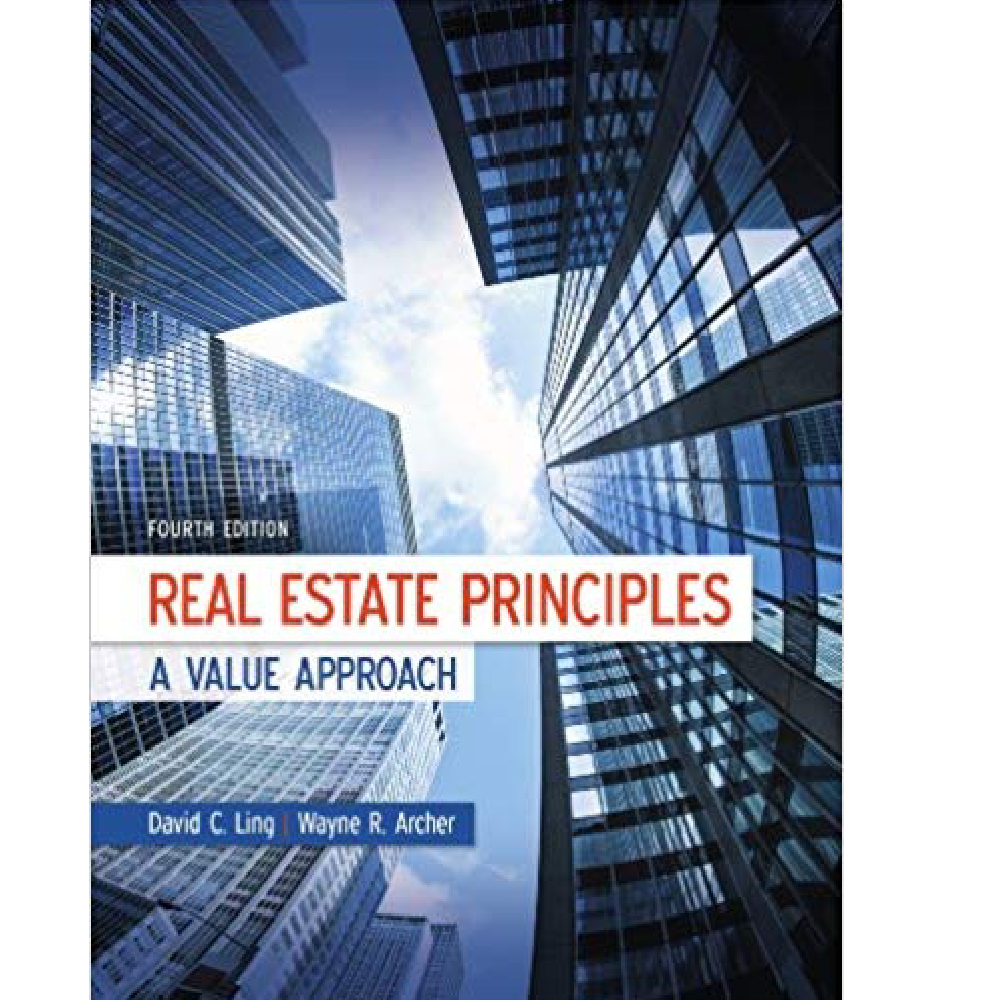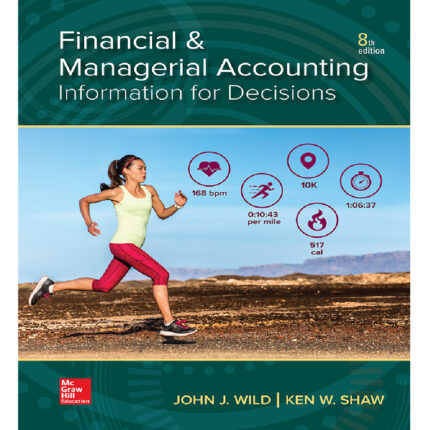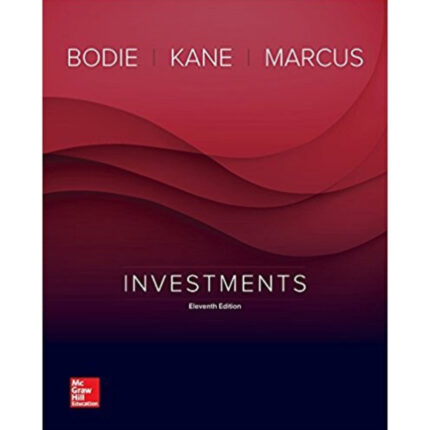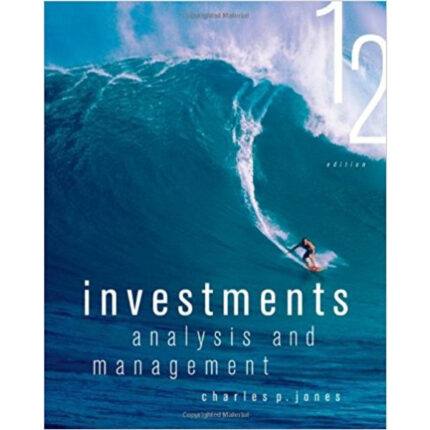Real Estate Principles A Value Approach 4th Edition By Ling And Archer – Test Bank
Total mortgage debt outstanding as of the third quarter of 2011 approached $13.6 trillion. Which
of the following types of mortgage loans accounts for the greatest percentage of mortgage debt
outstanding?
A. Residential (1-4 family)
B. Apartment (multifamily)
C. Commercial
D. Farm
Difficulty: Basic
Learning Objective: 11-02 Distinguish four channels of modern home mortgage lending by types of loans; major participants; and methods of funding.
Ling – Chapter 11 #1
2. To put into perspective the amount of residential mortgage debt outstanding, it is useful to compare
this market to other prominent sources of available debt. Listing the issuer with the largest amount of
debt outstanding first, which of the following choices best depicts the relative rank ordering amongst
the major sources of outstanding debt in the U.S. as of the end of 2011?
A. Residential mortgage debt, marketable U.S. government bonds, corporate bonds, consumer debt
B. Marketable U.S. government bonds, residential mortgage debt, corporate bonds, consumer debt
C. Corporate bonds, marketable U.S. government bonds, residential mortgage debt, consumer debt
D. Consumer debt, residential mortgage debt, marketable U.S. government bonds, corporate bonds
Difficulty: Intermediate
Learning Objective: 11-02 Distinguish four channels of modern home mortgage lending by types of loans; major participants; and methods of funding.
Ling – Chapter 11 #2
3. In the early 1970’s, home mortgage lenders were predominantly depository institutions. By the end of
the decade, the growth of deposits at these institutions became negative due to the emergence of more
attractive investment opportunities such as money market funds. This change in the distribution chain
of funds is more commonly referred to as:
A. Deregulation
B. Disintermediation
C. Warehousing
D. Underwriting
Difficulty: Basic
Learning Objective: 11-02 Distinguish four channels of modern home mortgage lending by types of loans; major participants; and methods of funding.
Ling – Chapter 11 #3
4. In 1989, Congress took major steps to establish depository institution accountability by requiring these
institutions to hold more capital as they take on riskier assets. Which of the following Congressional
acts imposed these capital standards on depository institutions?
A. Depository Institutions Deregulation and Monetary Control Act
B. Financial Institutions Reform, Recovery, and Enforcement Act
C. Secure and Fair Enforcement for Mortgage Licensing Act
D. Riegle Community Development and Regulatory Improvement Act
Difficulty: Basic
Learning Objective: 11-01 Contrast the traditional pre-1980 system of home mortgage lending with the modern system in terms of lenders and methods of doing
business.
Ling – Chapter 11 #4
5. In addition to providing home mortgages, large commercial banks have specialized in providing shortterm funds to mortgage banking companies in order to enable them to originate mortgage loans and
hold the loans until the mortgage banking company can sell them in the secondary market. This type
of financing is commonly referred to as:
A. Mortgage pipeline
B. Loan servicing
C. Warehousing
D. Loan underwriting
Difficulty: Basic
Learning Objective: 11-01 Contrast the traditional pre-1980 system of home mortgage lending with the modern system in terms of lenders and methods of doing
business.
Ling – Chapter 11 #5
6. The emergence of mortgage securities propelled the development of mortgage companies, an entity
significantly different from the thrifts and banks that previously dominated the mortgage landscape.
Which of the following parties is responsible for providing mortgage origination services and initial
funding within this new framework?
A. Mortgage banker
B. Mortgage broker
C. Portfolio lender
D. Security analyst
Difficulty: Basic
Learning Objective: 11-02 Distinguish four channels of modern home mortgage lending by types of loans; major participants; and methods of funding.
Ling – Chapter 11 #6
7. Mortgage banks typically will attempt to sell loans as quickly as possible after they are originated by
either issuing mortgage securities or selling the loan to an intermediary that will subsequently sell the
loan in the secondary market. The period between loan commitment and loan sale is referred to as
the:
A. mortgage pipeline
B. mortgage note
C. mortgage fallout
D. mortgage term
Difficulty: Basic
Learning Objective: 11-03 List the three major functions of mortgage banking; identify a major risk to be managed in each function; and identify how it is managed.
Ling – Chapter 11 #7
8. Throughout the process of originating and selling mortgages, mortgage companies face a number of
risks. Therefore, it is important for a lending institution to evaluate the risks of mortgage loan default
through a process commonly referred to as:
A. mortgage fallout
B. loan servicing
C. warehousing
D. loan underwriting
Difficulty: Basic
Learning Objective: 11-03 List the three major functions of mortgage banking; identify a major risk to be managed in each function; and identify how it is managed.
Ling – Chapter 11 #8
9. When a mortgage is used as collateral for the issuance of a mortgage-backed security (MBS), the
underlying mortgage is said to be “securitized.” As of the end of 2010, approximately what percentage
of residential mortgage loans in the U.S. was being sold into the secondary market and being used as
collateral for the issuance of MBS?
A. 25%
B. 40%
C. 85%
D. 100%
Difficulty: Intermediate
Learning Objective: 11-01 Contrast the traditional pre-1980 system of home mortgage lending with the modern system in terms of lenders and methods of doing
business.
Ling – Chapter 11 #9
10. In the late 1960’s, Congress created a number of agencies designed to address a struggling secondary
market for residential mortgages. Which of the following organizations was developed primarily to
guarantee mortgage-backed securities based on pools of FHA, VA and Rural Housing Service loans,
rather than issue, buy or sell mortgages?
A. Federal National Mortgage Association (Fannie Mae)
B. Government National Mortgage Association (Ginnie Mae)
C. Federal Home Loan Mortgage Corporation (Freddie Mac)
D. Federal Agricultural Mortgage Corporation (Farmer Mac)













Reviews
There are no reviews yet.